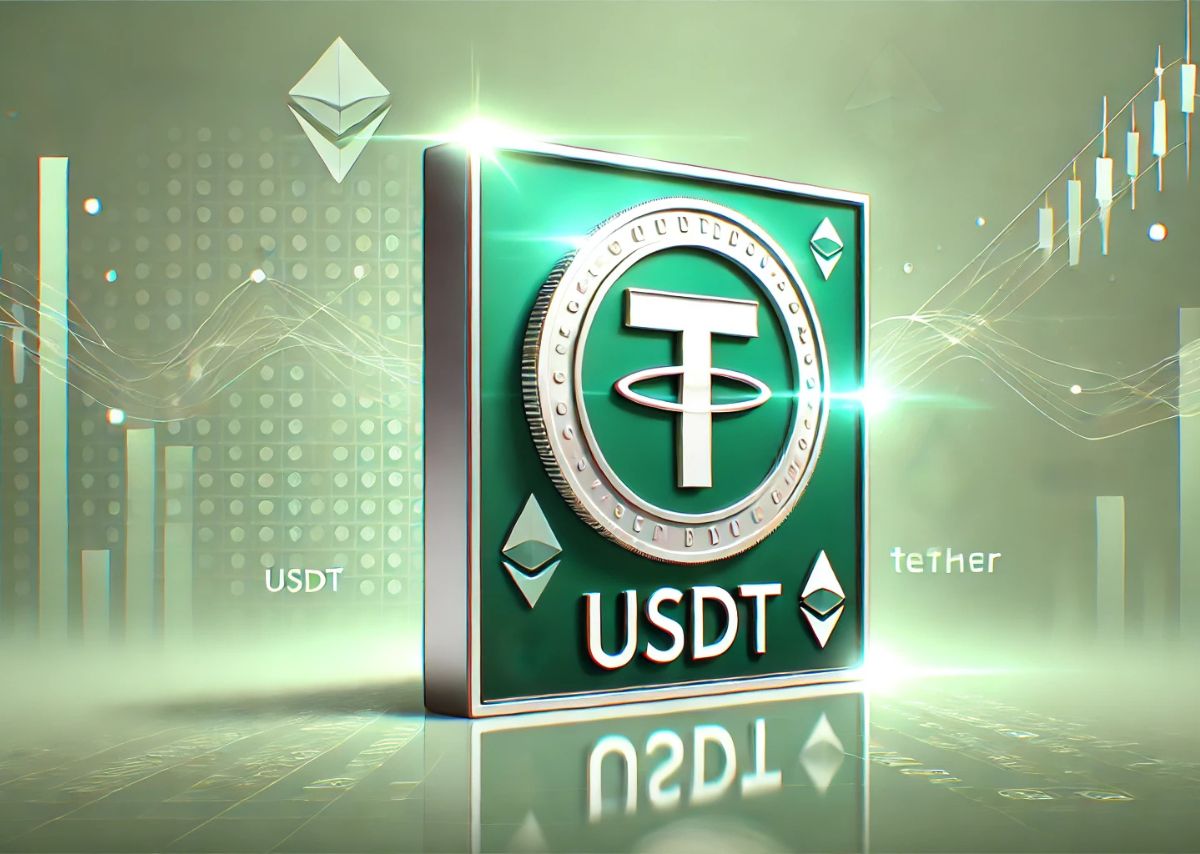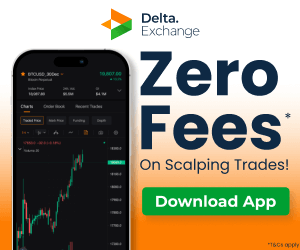Tether (USDT) has long been the leading stablecoin in the crypto market, providing traders and investors with a reliable way to move funds quickly without the volatility associated with traditional cryptocurrencies. However, as regulatory scrutiny on stablecoins intensifies worldwide, questions arise about the future of USDT and whether regulations could impact its dominance.
The Role of USDT in the Crypto Ecosystem
USDT plays a crucial role in cryptocurrency markets. It facilitates seamless trading, acts as a hedge against volatility, and provides liquidity to decentralized finance (DeFi) applications. Its widespread adoption across centralized exchanges, decentralized exchanges, trading platforms, brokers, and payment platforms has made it an essential component of the crypto economy. Many online brokers now accept USDT as a payment method, further increasing its utility for traders. Additionally, traders use USDT to mitigate risks associated with market fluctuations, making it a preferred choice for those engaging in leveraged trading or arbitrage strategies.
Regulatory Challenges Facing USDT
Governments and financial regulators are increasingly focusing on stablecoins, with concerns over transparency, financial stability, and illicit transactions. Some of the major regulatory concerns affecting USDT include:
- Lack of Transparency in Reserves – Tether has faced scrutiny regarding the backing of its stablecoin. While the company has published reports on its reserves, critics argue that more frequent and detailed audits are needed to ensure its full backing. This issue raises concerns about whether Tether holds enough liquid assets to maintain the 1:1 peg with the U.S. dollar at all times.
- Regulatory Crackdowns – Various jurisdictions, including the United States and the European Union, are exploring or implementing stricter stablecoin regulations. The introduction of laws such as the MiCA (Markets in Crypto-Assets) regulation in Europe and the potential U.S. stablecoin legislation could impose compliance requirements that Tether might struggle to meet. Some exchanges and trading platforms have already delisted or restricted USDT due to regulatory uncertainty, affecting its accessibility in key markets.
- Banking Relationships – Stablecoin issuers rely on banking partnerships to maintain their peg to the U.S. dollar. Any regulatory pressure on these financial institutions to sever ties with Tether could threaten its ability to function effectively. If Tether struggles to access banking services, it may face liquidity issues, potentially leading to instability in USDT’s value.
- Security and Compliance Risks – Regulatory authorities are increasingly focusing on anti-money laundering (AML) and know-your-customer (KYC) compliance. Since USDT is widely used in peer-to-peer (P2P) transactions and cross-border payments, regulators may impose strict requirements on platforms offering USDT services. This could lead to tighter restrictions on its usage, particularly in regions with stringent financial laws.
Potential Impact of Regulation on Tether’s Market Position
If strict regulations are enforced, Tether could face several challenges:
- Loss of Market Share – Competitors such as USDC (issued by Circle) and DAI (a decentralized stablecoin) might gain ground if they are seen as more compliant with regulations. Many crypto exchanges and brokers could shift their preference toward these alternatives, affecting USDT’s trading volume and adoption.
- Increased Transparency Requirements – Tether may be forced to adopt more stringent disclosure and audit policies, which could either strengthen trust in USDT or expose vulnerabilities. A failure to meet these requirements could result in reduced confidence among institutional traders and payment service providers.
- Legal and Financial Penalties – Non-compliance with regulations could result in legal action, fines, or even restrictions on USDT’s availability in key markets. This could create liquidity issues, impacting the stability of trading platforms that rely on USDT as a primary stablecoin.
- Shift in Market Trends – If regulations limit USDT’s functionality in certain regions, traders may begin adopting alternative stablecoins or decentralized finance (DeFi) solutions. This could lead to a diversification of stablecoin usage across different networks, reducing Tether’s overall dominance in the market.
The Future of USDT: Adapt or Decline?
To maintain its dominance, Tether may need to adapt to the changing regulatory landscape. Steps that could help sustain its position include:
- Enhancing Transparency – Providing regular, independently audited reports on its reserves could ease concerns about its backing. Greater transparency may help USDT retain the trust of traders, brokers, and financial institutions.
- Strengthening Compliance – Working with regulators to ensure adherence to anti-money laundering (AML) and know-your-customer (KYC) requirements may help Tether retain institutional support. This could also help USDT maintain its status as a widely accepted payment method across trading platforms and exchanges.
- Expanding Use Cases – By integrating into more payment solutions, trading platforms, and broker services, USDT could reinforce its utility beyond trading. Establishing strategic partnerships with major financial institutions and fintech companies could further cement its role in digital finance.
- Diversifying Blockchain Support – USDT is already available on multiple blockchains, including Ethereum (ERC-20), Tron (TRC-20), and Binance Smart Chain (BEP-20). Expanding onto newer, more efficient blockchain networks could improve transaction speeds, lower fees, and attract more users.
Conclusion
The future of USDT largely depends on how it navigates regulatory pressures. While compliance challenges could threaten its market position, proactive adjustments in transparency, compliance, and operational strategies could allow it to remain a dominant force in the crypto space.
As the regulatory environment continues to evolve, traders and investors will need to stay informed about potential impacts on USDT, trading platforms, brokers, and the broader stablecoin market. Ultimately, the ability of Tether to adapt to these changes will determine whether it continues to lead the stablecoin market or is gradually replaced by more compliant and transparent alternatives.



